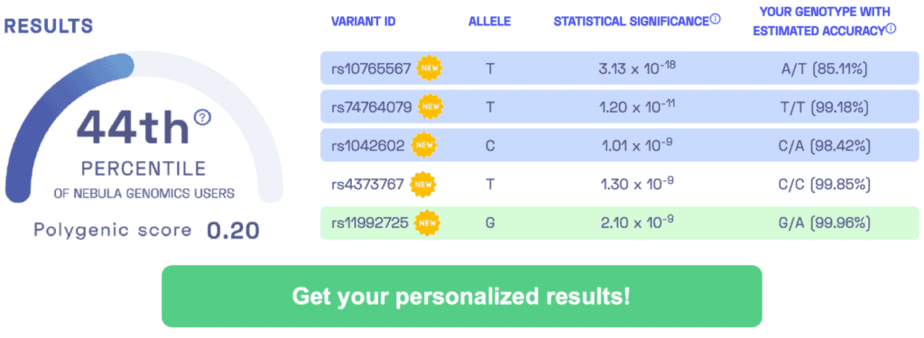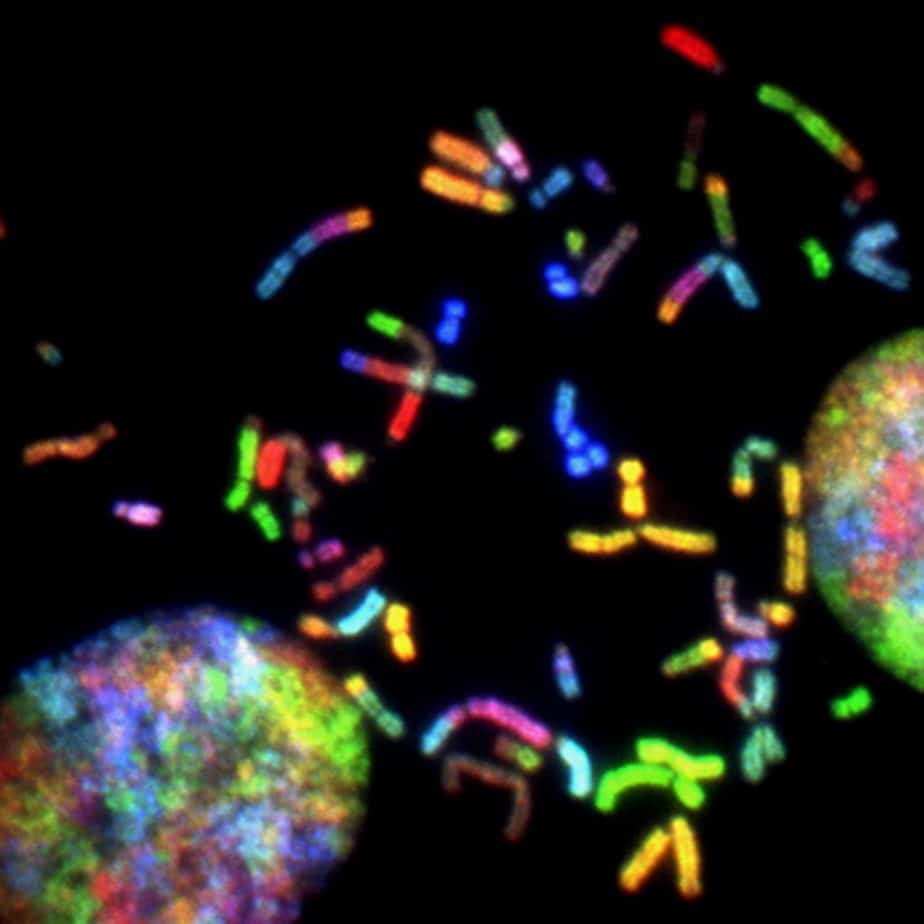STUDY TITLE: Identification of seven loci affecting mean telomere length and their association with disease
SUMMARY: Identification of 5 novel genetic regions linked to the length of telomeres.
OVERVIEW: The DNA in our cells is tightly packed into structures called chromosomes. The sequences at the ends of chromosomes form caps known as telomeres. These structures help to protect our chromosomes much like how the plastic tips on shoelaces protect the ends from fraying. Over many cell divisions, during which a cell’s entire DNA is copied, telomeres progressively get shorter until the DNA gets damaged and the cells eventually die. It is estimated that up to 80% of an individual’s telomere length is heritable. Short telomeres have been linked to increased risk of several age-related diseases. Telomere length has also been linked to cancer but the effect directionality of this association is less clear. This study examined genetic data from nearly 50,000 individuals of European descent and identified 7 genetic regions associated with telomere length, 5 of which are novel. Genetic variation in these regions collectively explains over 1% of variance in telomere length.
DID YOU KNOW? While our telomeres naturally shorten throughout our lives, some lifestyle choices are known to speed this process up! In particular, smoking and UV exposure may quicken the shortening of telomeres and increase susceptibility to various diseases. [SOURCE]
SAMPLE RESULTS: Learn more about the Nebula Research Library.

ANALYZED VARIANTS: rs10936599, rs2736100, rs7675998, rs9420907, rs8105767, rs755017, rs11125529
ADDITIONAL RESOURCES:
Telomeres
The Science of Cells that Never Get Old (Video)
WEEKLY UPDATE: February 15, 2020
Interested in learning more about your telomere length? You might like our TeloYears review.
